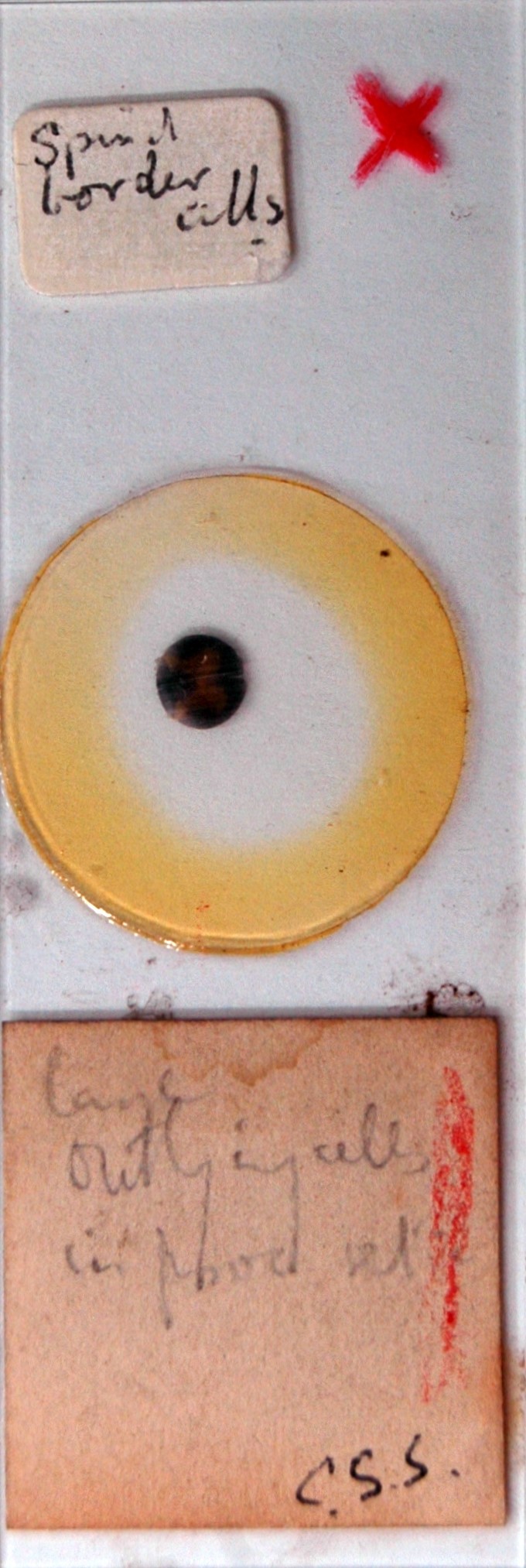
- Zoomify neurons install#
- Zoomify neurons series#
Developed: Boston University (Boston). I found segmentation using this tool painful, and the "wildfire growing tool" was a nice idea but very ineffective! This program is closely associated with two other Boston programs called " IGL Trace" and " sEM Align". One feature which makes it interesting/different is that that "original image data are never altered" (every section and every "trace" has a transform associated and displayed in real time), however this can also make it slow. About: Reconstruct is very similar to 3dmod/IMOD: it's able to reconstruct slices, montage, segment etc and even uses the same shortcut keys/methods as IMOD. Website/Ref: Reconstruct (Filala et al. Main Author is Vincent Tariel and Olivier Cugnon de Sevricrout Its integration in the caméléon language allows to prototype a work-flow graphically as a Lego game. About: Population is dedicated to the quantitative/qualitative analysis of images coming from 2D/3D microscopy with filtering, segmentation, geometrical/physical characterization, visualization and modeling. Developed: Various - ImageJ is developed by an NIH employee, Wayne Rasband (see Wikipedia - ImageJ) who is based in Washington DC (I believe), while Fiji and TrackEM are based in Europe. More recently, they've added TrakEM2 which is a large suite of proper segmentation and visualization tools specific for EM tomograms and even include some nice video tutorials. For example good plugin for local autocontrasting is: Clathe. Zoomify neurons install#
Fiji is a easy-to install version of ImageJ which is simply ImageJ with Java 3D and a large number of plugins already pre-installed. NeuroJ is a plugin for tracing neurons, but only works on 2D images. ImageJ is open source and encourages plugins. About: ImageJ is an open source java-based image processing program designed for analysis of various microscope data - you can read more about it on my wiki page ImageJ.

2007), TomoJ (Collins 2007), NeuroJ (Meijering et al. Main Author is Tom Goddard and PI Tom Ferrin
Developed: University of San Francisco. Well worth looking at the image gallery and animation gallery to see what is possible! Can load IMOD image and model files, image stacks and numerous other formats. About: Chimera is primarily used for looking at molecular structures and single-particle EM maps, but its ET capabilities are always improving and it does a terrific job of fast image processing and generating isosurfaces over density maps etc. Website/Ref: UCSF Chimera homepage (Pettersen et al. Developed: University of Colorado (Boulder). Via the main program author (David) I was able to add my own plugins, DrawingTools, Interpolator and BeadHelper onto this program (Noske 2010). Has some good filtering options, but can only make movies linearly from A to B. Consists of the 3dmod (Qt/C++), eTomo (Java) and Midas (Java) GUI, but also has numerous command line programs, including a couple of different analysis tools. 
About: Used to reconstruct tomograms from tilt series, and then segment tomograms by drawing contours to produce an IMOD model file.There are many programs designed to view tomograms, and I have listed some of the more popular choices below - particularly programs which can segment and visualize the data. There are many types of tomography, and I work with one called electron tomography.
Zoomify neurons series#
4 Web-Based / Server Side Collaborative ToolsĪ "tomogram" is a series of 2D images, called "slices" which stack together to form a 3D image. 2.3 ImageJ + TomoJ + NeuroJ + Fiji + TrakEM2.






 0 kommentar(er)
0 kommentar(er)
